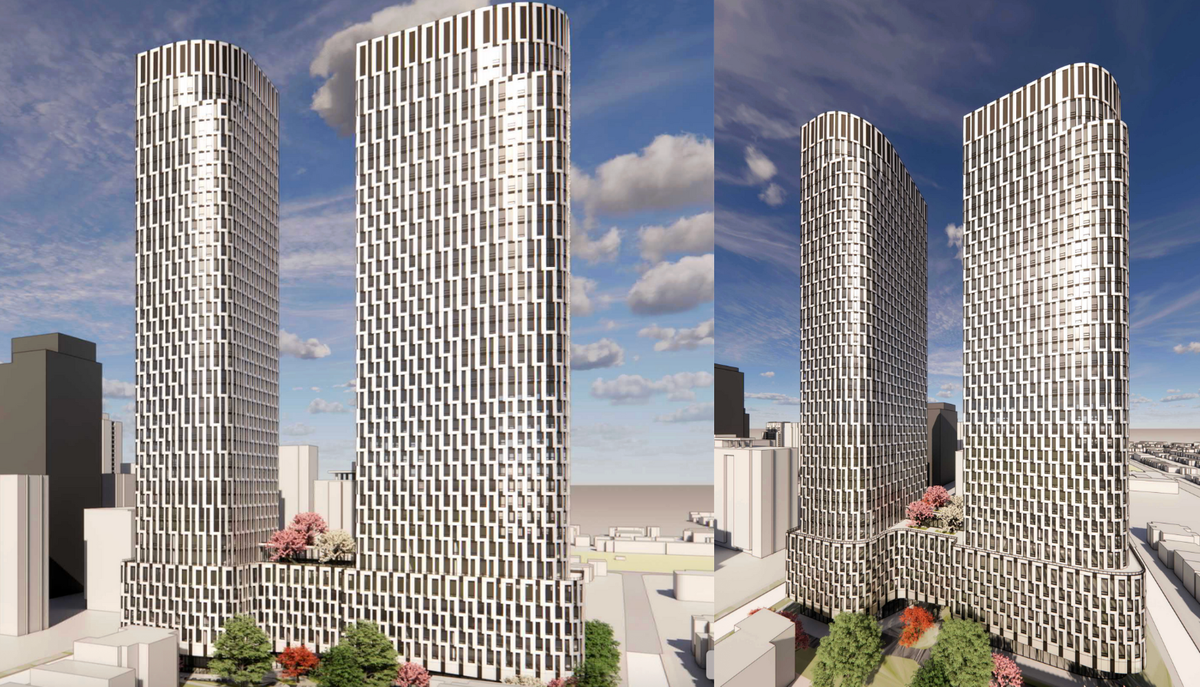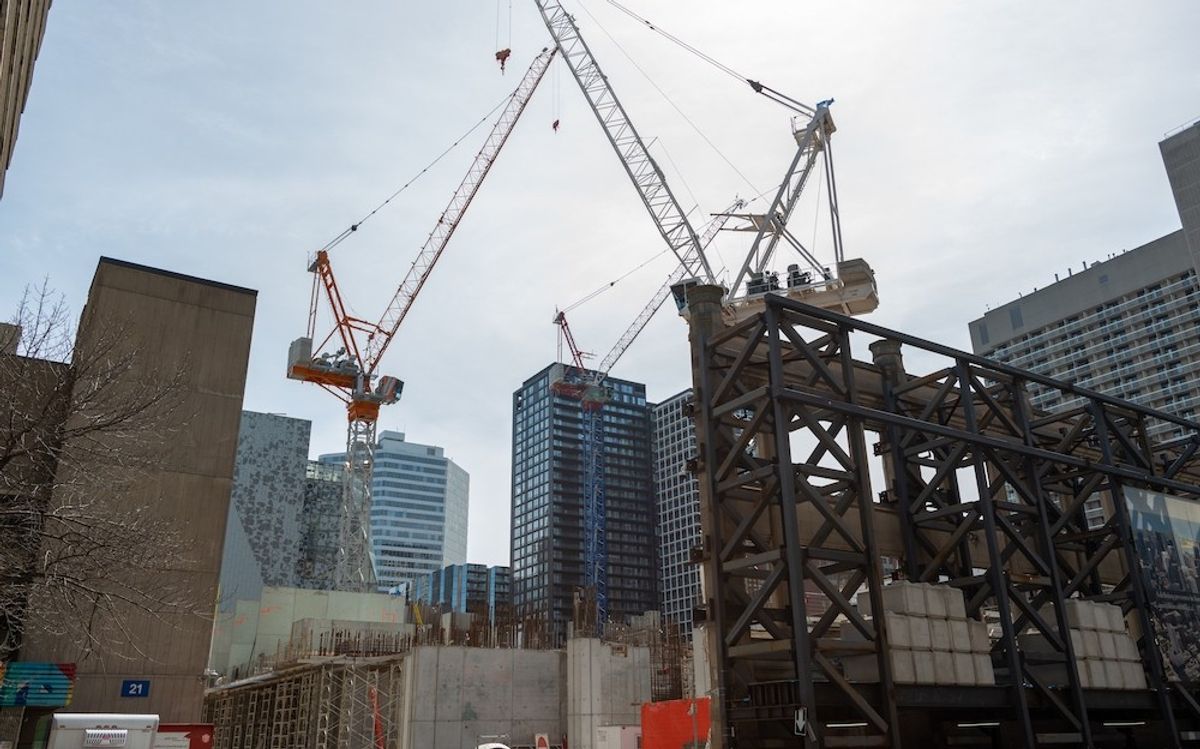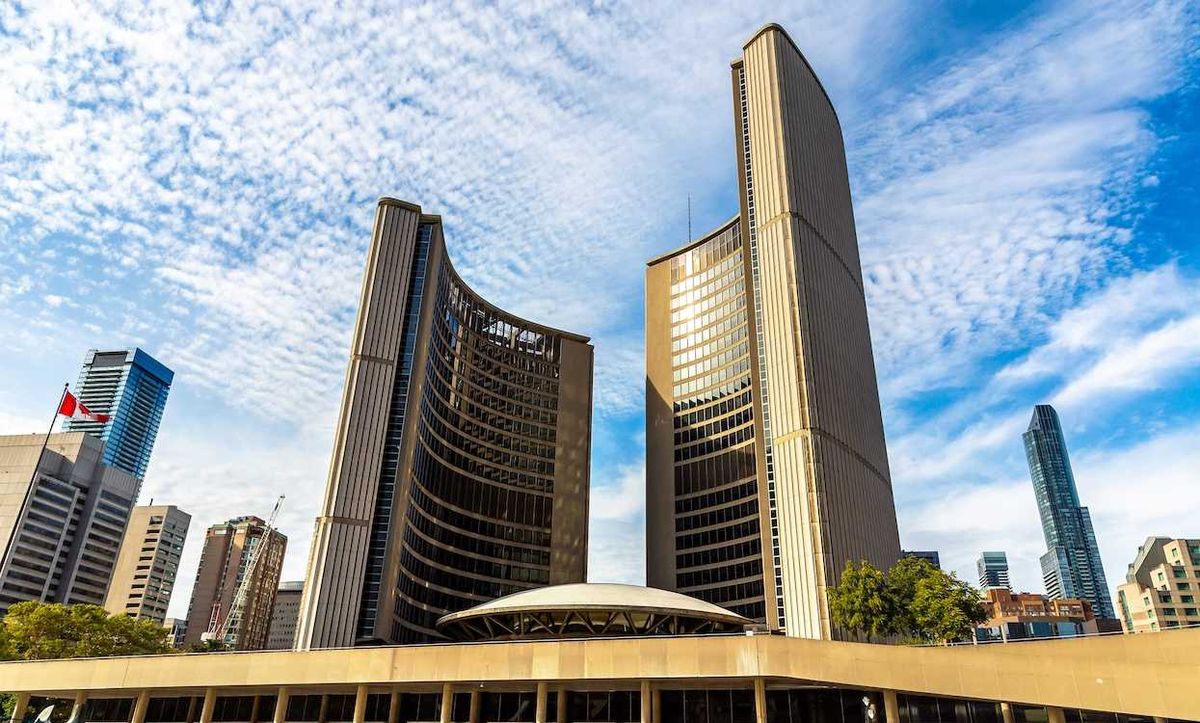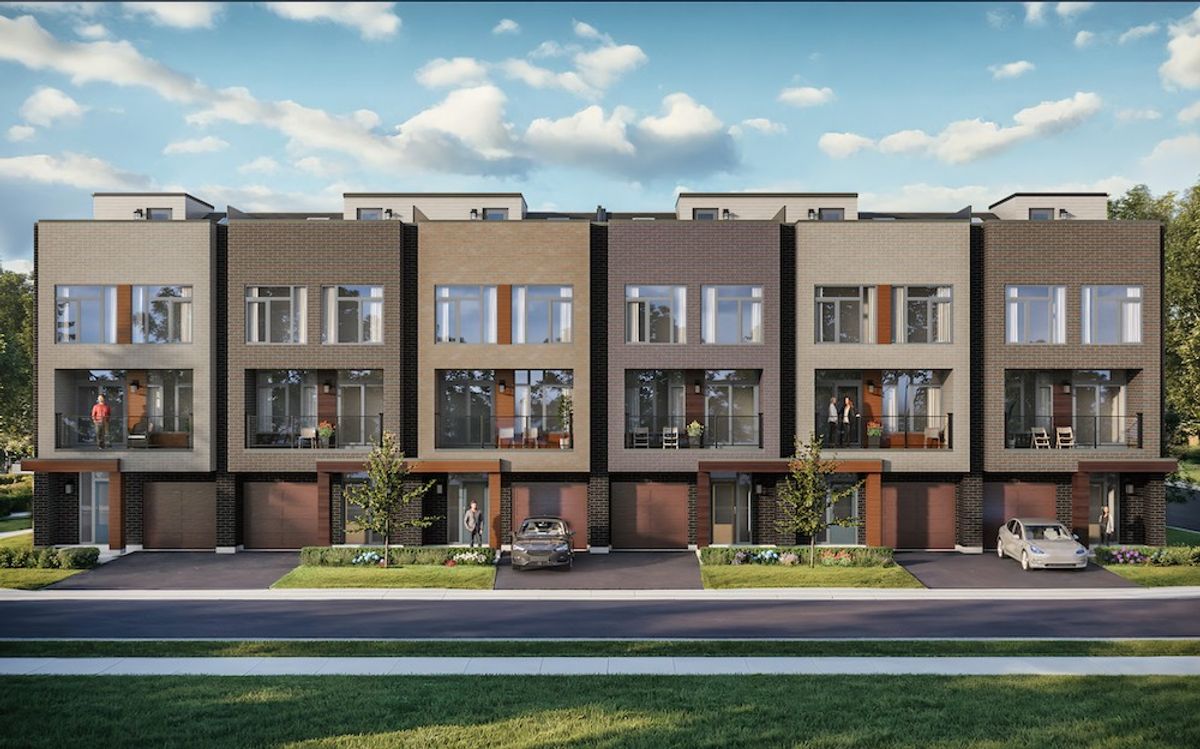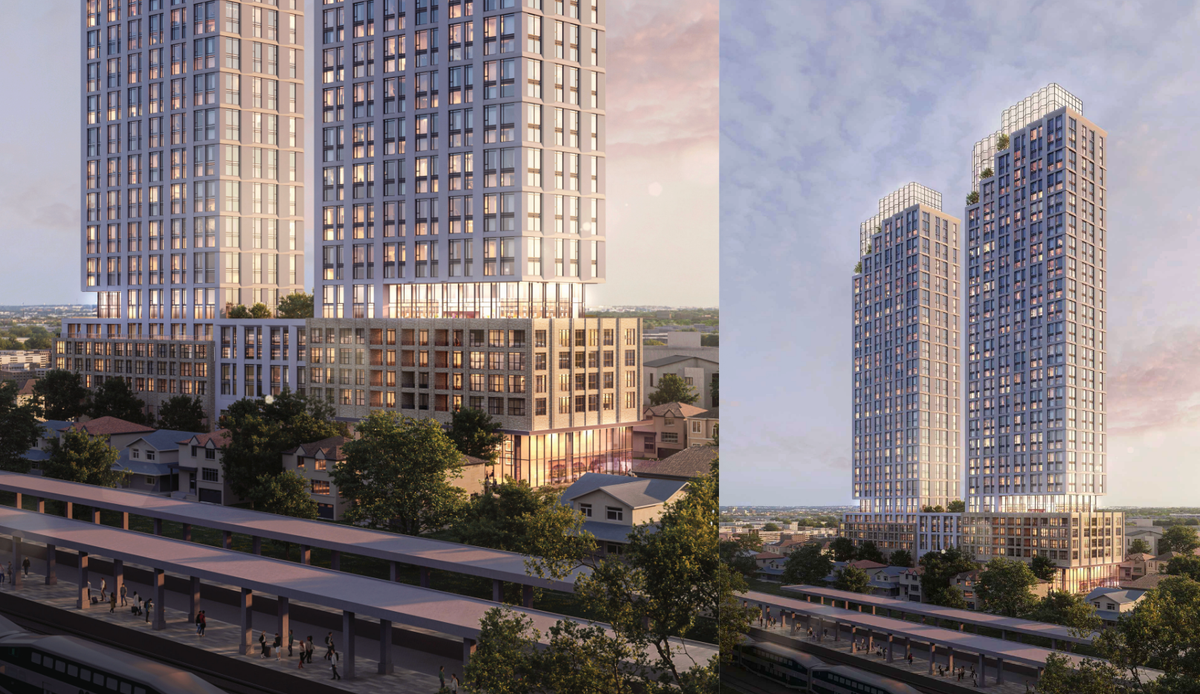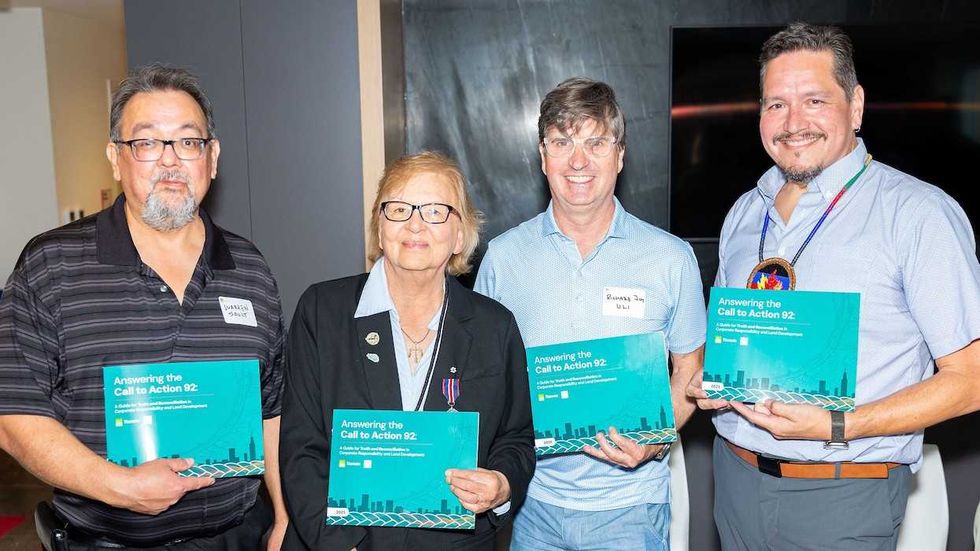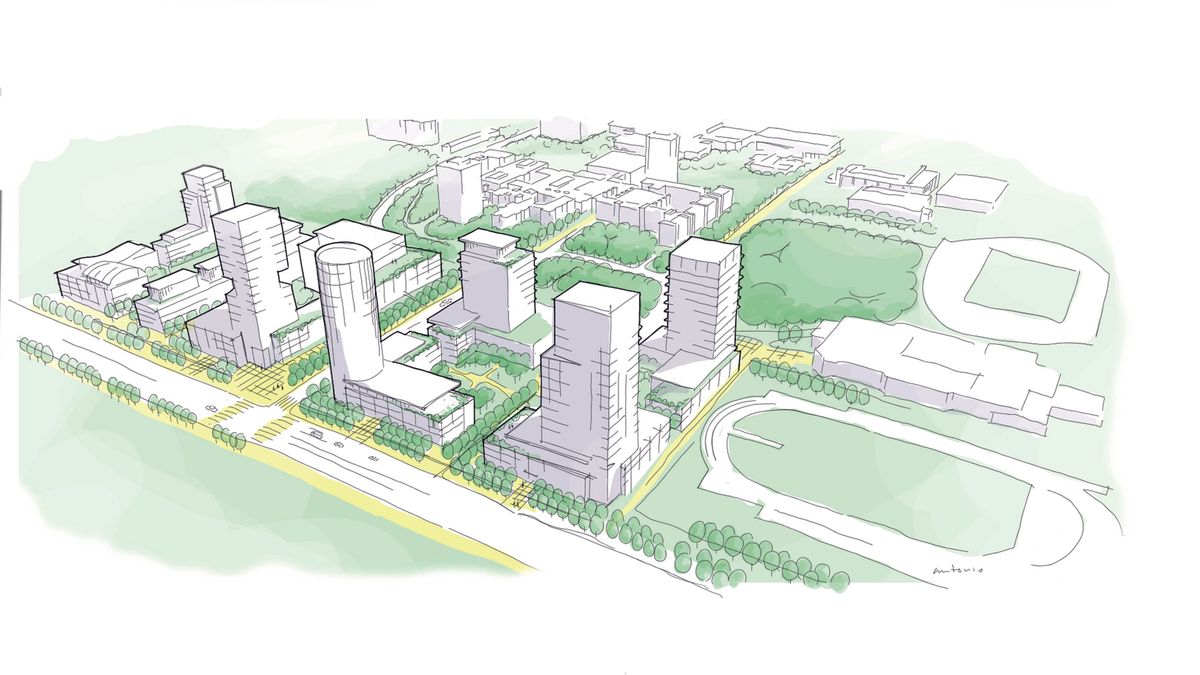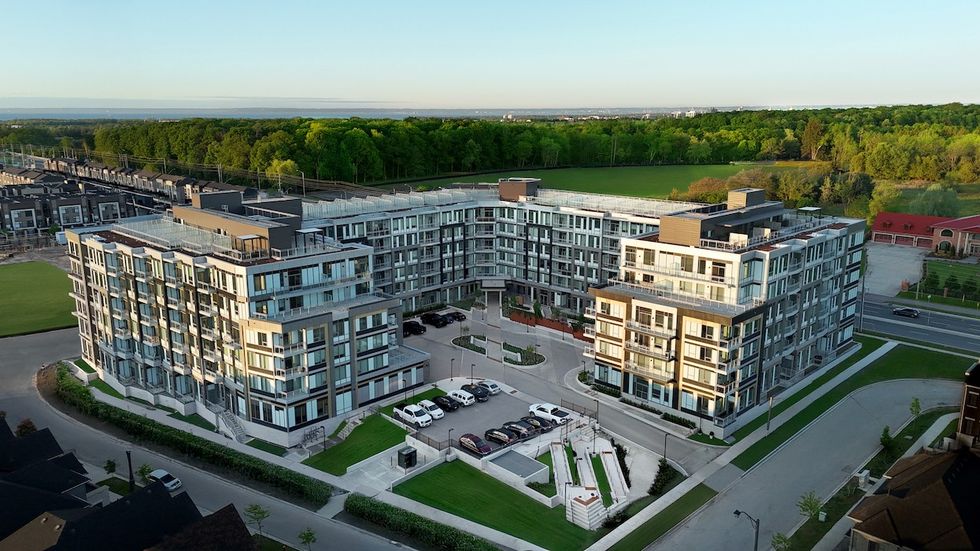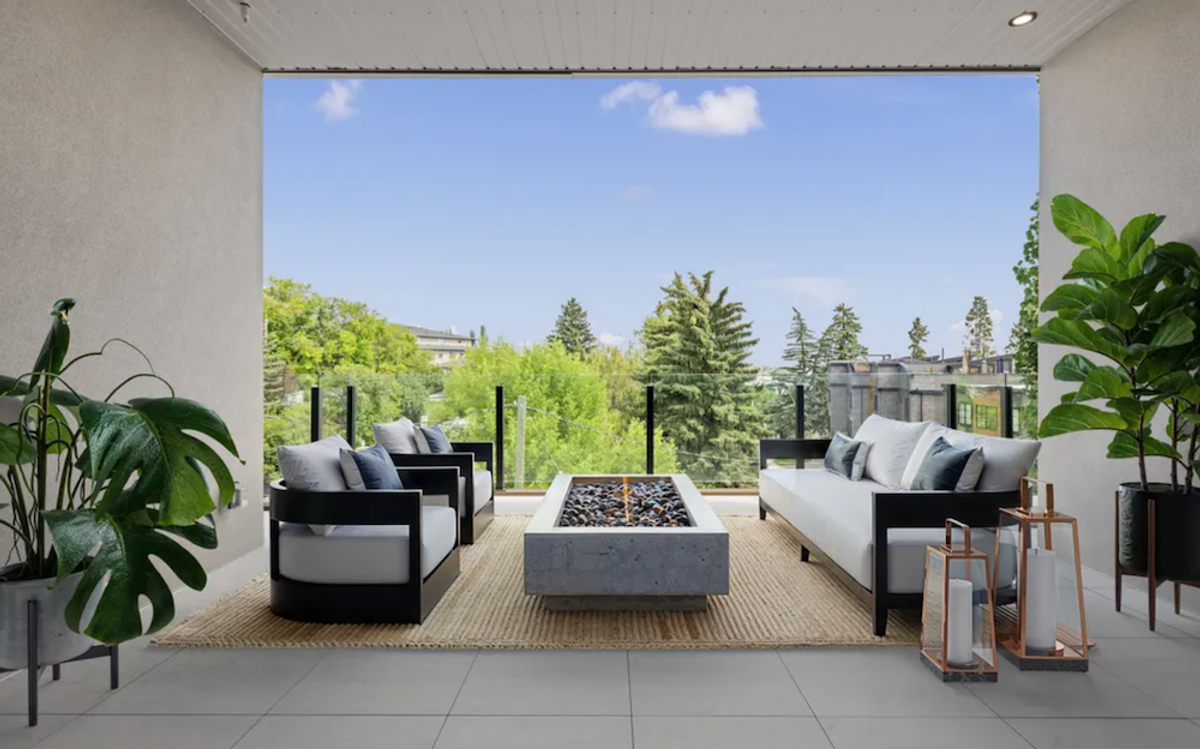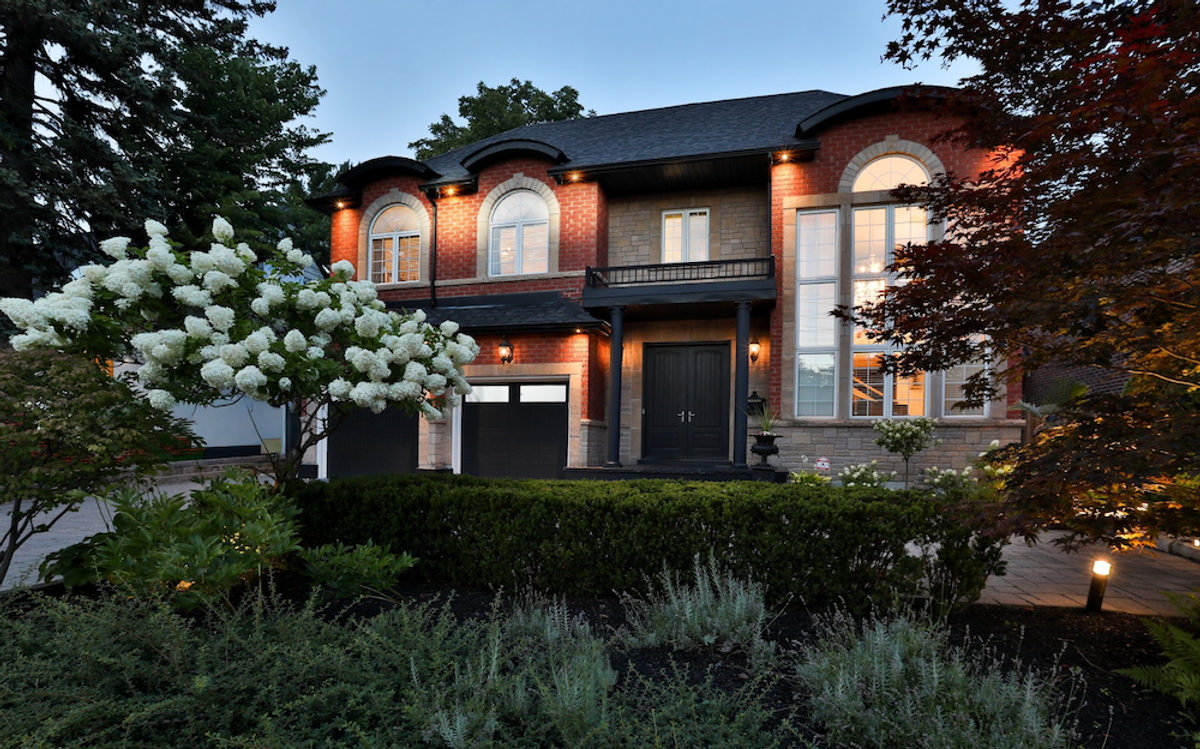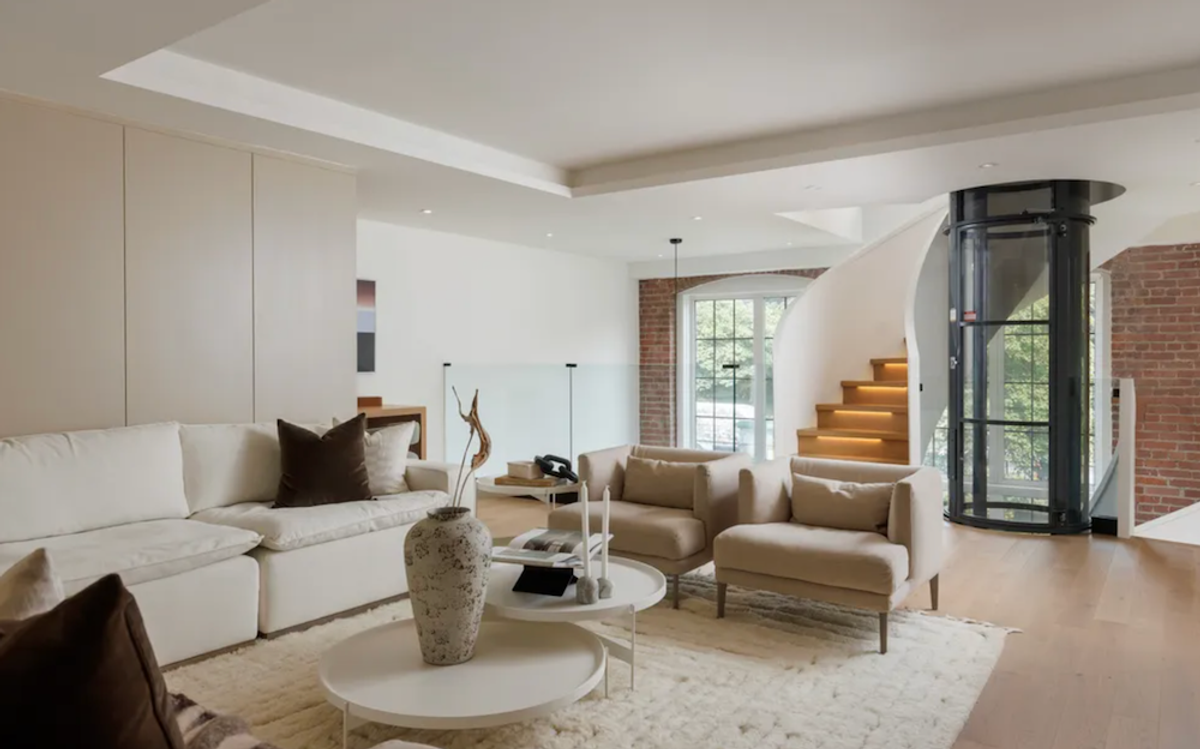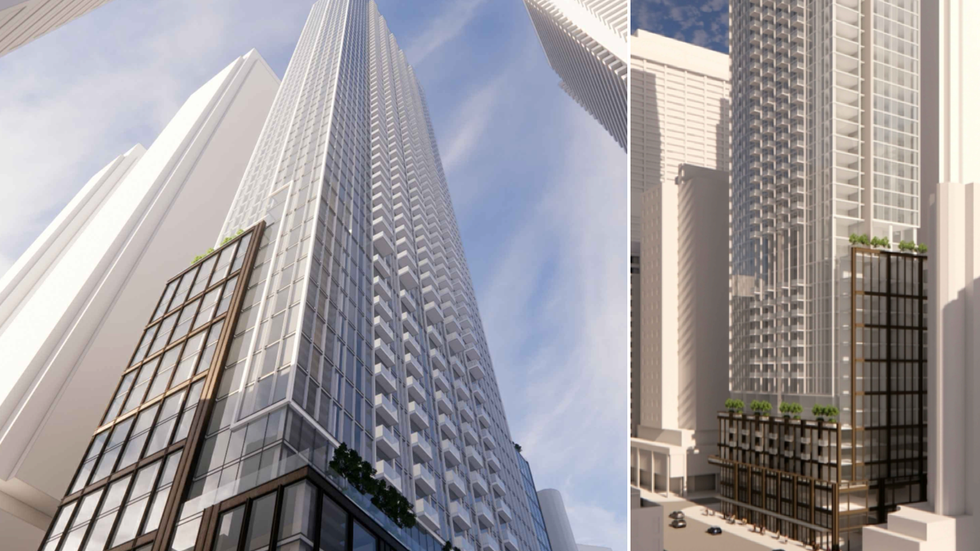Tax season may stir up a feeling of dread, but it is one of the inevitabilities of being Canadian, and today — Monday, February 24 — is the first day to file your 2024 tax return online.
Some dates to keep in mind this year: The deadline to file and pay any taxes owed is April 30, 2025, or June 15 if you, your spouse, or your common-law partner are self-employed. However, even those eligible to file in June should pay any taxes owed before April 30 to avoid interest, according to the Canada Revenue Agency. (More information on interest and late-filing fees here.)
Taxpayers should also be aware of the tax credits and deductions that are available to you if you file, and this year, the CRA is making it a point to highlight the incentives designed for those who own a home (or other property), as well as those who are planning to. Here are seven to have on your radar.
READ: Is The Capital Gains Tax Hike Officially “Dead In The Water”?
Home Buyers’ Plan
The Home Buyers’ Plan (HBP) is a program available to first-time homebuyers through which buyers can make a tax-free withdrawal from their Registered Retirement Savings Plan (RRSP) to buy or build a home. The funds withdrawn have to be paid back within a 15-year period. Making a withdrawal from an RRSP outside of this program is considered income and would therefor be subject to tax.
An “enhanced” HBP is in effect for this filing season, with the withdrawal limit increased to $60,000 (for withdrawals made after April 16, 2024). Previously, the limit was set at $35,000. As spouses or common-law partners can participate in the HBP for the same home, there’s the potential for up to $120,000 withdrawn for the purpose of one purchase.
There’s also “temporary repayment relief” in place, which allows for buyers that make their first withdrawal between January 1, 2022, and December 31, 2025 to defer the 15-year repayment period by an additional three years — so five years from the first withdrawal, as the deferral period was previously set at two years from the first withdrawal.
Are you eligible?
Besides the standard eligibility requirement of being a Canadian resident at the time of your first withdrawal and adherence to the program-specific definition for a first-time homebuyer, using the HBP requires the homebuyer(s) to have a written agreement to buy a build a home in place. In addition, the home must be acquired or built before October 1st of the year after the year of the first withdrawal.
Learn more here.
First Home Savings Account
Also available to first-time homebuyers, the First Home Savings Account (FHSA) is a registered savings plan through which account holders can contribute a maximum of $8,000 per year or $40,000 from their RRSP over a lifetime. There’s no minimum amount required to set up a FHSA, and contributions made to an FHSA may be tax deductible. If you contribute less than that $8,000 maximum in a given year, the unused room can be carried forward to future years.
One of the stipulations of the FHSA is that you have to use the funds within 15 years of opening the account, or before you turn 71 — whichever comes first. After that point, funds can be transferred into a RRSP or Registered Retirement Income Fund (RRIF), or you can make a taxable withdrawal. Although the FHSA is an individual savings plan, spouses or common-law partners can draw from their respective accounts when purchasing their first home together.
Are you eligible?
You must be a Canadian resident between the ages of 18 and 71 to open up an FHSA, and as is the case with the HBA, there is a program-specific definition for what qualifies as a first-time homebuyer.
Learn more here.
Home Buyers’ Amount
With the Home Buyers’ Amount (HBA), more commonly known as the First-Time Home Buyers’ Tax Credit or HBTC, eligible buyers can claim up to $10,000 (up from $5,000 when the program was first introduced in 2009) for a non-refundable tax credit of up to $1,500 on the purchase of their first home (based on the lowest personal income tax rate, which is 15%). Disabled homebuyers can also claim the HBA, even if it’s not their first home.
Taxpayers have the option to apply the entire $10,000 on a single tax return, or split it with a spouse or common-law partner, and it’s only beneficial to those who have $1,500 or more in taxes owing. When filing your taxes, the claim amount can be entered on line 31270 of the tax return.
Are you eligible?
Again, homebuyers must meet the definition of a first-time homebuyer as set out by the Government of Canada, so you can’t have owned a home for the past four years, or lived in one that was owned by a spouse or common-law partner. As mentioned, the exception is if you are a person with a disability, which means that you were eligible for the disability tax credit during the year in which the home was purchased.
Learn more here.
Home Accessibility Tax Credit
Moving away from first-time homebuyers, the Home Accessibility Tax Credit (HATC) is a non-refundable tax credit available to seniors who made an alteration to their home to make it more accessible and “reduce the risk of harm” (think: installing wheelchair ramps, or adding grab bars in the shower).
The maximum claim is now $20,000 (up from $10,000 previously). Like the HBA, the credit amount is calculated by applying the lowest personal income tax rate (15%) for a maximum credit of $1,500.
Homeowners can claim the cost of contracting the renovation out, or the cost of building materials, fixtures, equipment rentals, building plans, and permits if you choose to do the work yourself — however, the expenses must be for work performed and goods acquired in the taxation year. When filing your taxes, the claim amount can be entered on line 31285.
Are you eligible?
Homeowners aged 65 and older, as well as those with a disability and eligible for the disability tax credit are considered “qualifying individuals” and therefore eligible for the HATC themselves, as are spouses, common-law partners, and immediate family members of qualifying individuals.
Learn more here.
Multigenerational Home Renovation Tax Credit
The Multigenerational Home Renovation Tax Credit (MHRTC) is a refundable tax credit that can be claimed by homeowners that have incurred expenses related to adding a self-contained secondary unit to your property, so long as that unit is for a senior or an immediate relative with a disability.
Homeowners can claim up to $50,000 in qualifying expenditures, including work performed by professionals or the costs associated with doing the work yourself, for a completed renovation. As is the case with the HBA and the HATC, the tax credit is up to 15% of the costs incurred, for a maximum credit amount of $7,500 per claim.
When filing your taxes, the claim amount can be entered on line 45355, and you will be required to present supporting documentation, such as receipts and invoices.
Are you eligible?
In order to be eligible for the MHRTC, the secondary unit must be built for a senior that’s 65 years of age or older at the end of the renovation period tax year, or an adult between the ages of 18 to 64 who is eligible for the disability tax credit at any time in the renovation period tax year. The secondary unit must be inhabited within 12 months after the renovation is completed, and only one renovation can be claimed for an individual during their lifetime.
Learn more here.
GST/HST New Housing Rebate
The GST/HST New Housing Rebate is available to Canadians who have purchased a newly built home with the intention of using it for your primary residence, and if you’re eligible, you can recover a portion of the goods and services tax or the federal part of the harmonized sales tax paid upon purchase. The rebate might also apply if you’ve purchased a home that has been substantially renovated, as well as the land it’s on, from a builder. It may also apply to new and substantially-renovated modular, mobile, and floating homes providing the home meets certain criteria.
Are you eligible?
In order to qualify for the GST/HST New Housing Rebate, the home must be worth less than $450,000, and if you do not own the land itself, its estimated value is tacked onto the value of the home when determining your eligibility.
Learn more here.
Purpose-built Rental Housing Rebate
The Purpose-built Rental Housing Rebate (PBRH) is a 100% rebate of the GST, or the federal portion of the HST, on new purpose-built rental housing, including new apartment buildings, student housing, and seniors’ residences designed for long-term residential rental. The program is an enhancement of the GST/HST New Residential Rental Property Rebate (NRRP), under which some rental properties were eligible for a 35% rebate. The PBRH rebate can be applied for online using the existing GST/HST new residential rental property rebate application (GST524) option.
Ontario, Nova Scotia, and Newfoundland and Labrador are mirroring the PBRH rebate and waiving the provincial portion of HST on new purpose-built rental housing as well. Prince Edward Island is following suit subject to a maximum of $35,000 per unit and a reduced rebate rate for projects completed after 2028.
Are you eligible?
In order to qualify for the PBRH, units must meet the criterion set out by the GST/HST new residential rental property rebate. In addition, the units must be part of a multi-unit residential building that has at least four self-contained dwelling units — each with private kitchen facilities, bathrooms, and living areas — or at least 10 private rooms or suites. Of those units, at least 90% must be reserved for long-term residential rental. Finally, construction on the project has to have started between September 13, 2023 and 2031, and must be “substantially completed” before 2036
The PBRH rebate does not apply to condo units, single-unit housing, duplexes, triplexes, owned houses on leased land, sites in residential trailer parks, or renovations of existing buildings.
Learn more here.



